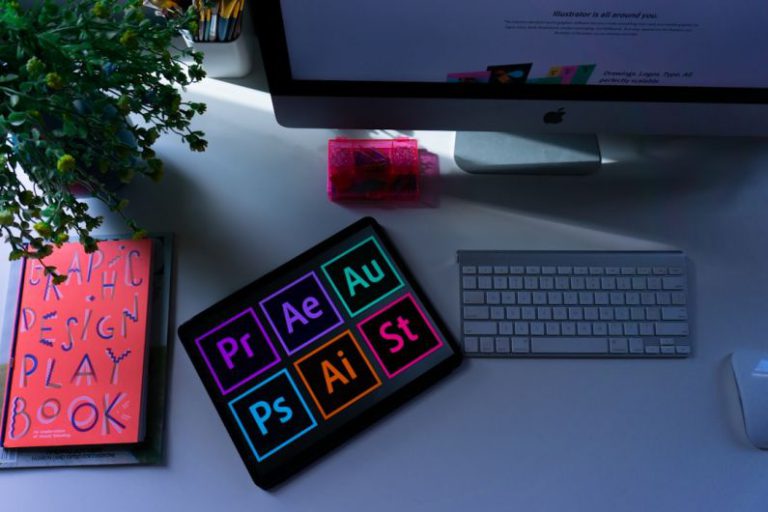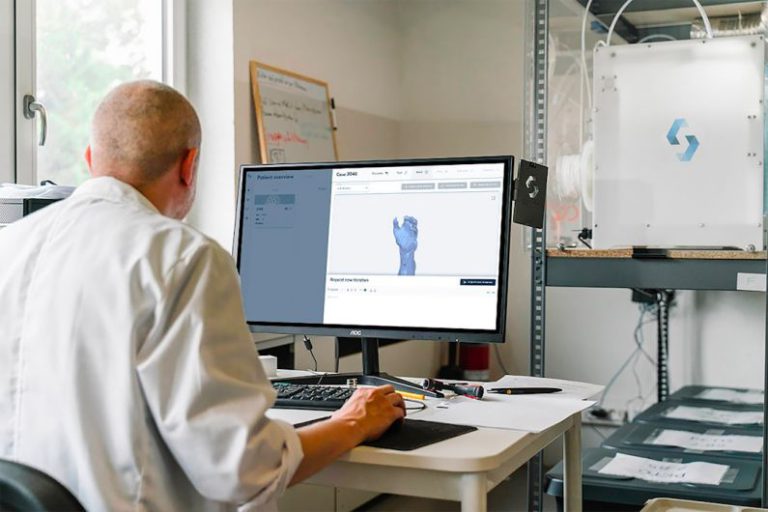The Ideal Video Editing Pc: Hardware and Storage Solutions
Creating high-quality video content requires more than just creativity and skill—it also demands the right tools. One of the most crucial components for any video editor is their PC setup. Having the ideal video editing PC with the right hardware and storage solutions can significantly enhance workflow efficiency and overall editing performance. Let’s delve into the key components that make up the perfect video editing PC.
**Powerful Processor for Seamless Editing**
At the heart of any video editing PC is the processor. When it comes to handling intensive editing tasks, a multi-core processor is essential. Opt for a high-performance CPU like Intel Core i7 or i9, or AMD Ryzen 7 or 9 series for smooth rendering, transcoding, and playback of high-resolution videos. A powerful processor ensures that your editing software runs seamlessly, reducing lags and enhancing productivity.
**Ample RAM for Multitasking**
In video editing, multitasking is inevitable. With multiple software applications running simultaneously, sufficient RAM is crucial to maintain optimal performance. Aim for a minimum of 16GB of RAM, but for more demanding editing projects, consider upgrading to 32GB or even 64GB for smoother editing experience. Having ample RAM allows for seamless switching between editing software, playback, and rendering without slowdowns.
**Dedicated Graphics Card for Enhanced Rendering**
A dedicated graphics card is a must-have for video editors working with complex visual effects and high-resolution footage. NVIDIA GeForce RTX or AMD Radeon RX series GPUs offer excellent performance for rendering and playback. A powerful graphics card accelerates rendering times, improves video playback quality, and enables real-time editing of effects and transitions. Invest in a GPU with a substantial VRAM capacity to handle large video files efficiently.
**Fast Storage Solutions for Quick Access**
In video editing, storage speed is crucial for quick access to project files and smooth playback of high-bitrate footage. Opt for a combination of SSD (Solid State Drive) and HDD (Hard Disk Drive) for optimal storage solutions. Use SSDs for storing your editing software, project files, and frequently accessed media assets for lightning-fast read and write speeds. HDDs can be used for long-term storage of completed projects and raw footage.
**External Storage for Backup and Archiving**
Backing up your video projects is non-negotiable in the world of video editing. External storage solutions like portable hard drives or NAS (Network Attached Storage) devices provide a reliable backup option for your valuable work. Consider setting up a RAID (Redundant Array of Independent Disks) system for data redundancy and increased storage reliability. Regularly backup your projects to prevent data loss and ensure continuity in your editing workflow.
**Optimized Display Setup for Color Accuracy**
A high-quality monitor is essential for accurate color grading and visual editing. Invest in a color-accurate display with a wide color gamut and calibration capabilities to ensure that your videos look stunning across different viewing platforms. Consider a 4K monitor for precise detail work and improved visual clarity. A dual-monitor setup can enhance your productivity by providing more screen real estate for timeline editing and previewing footage simultaneously.
**Efficient Cooling System for Optimal Performance**
Video editing can put a significant strain on your PC’s components, leading to increased heat generation. A robust cooling system is essential to maintain optimal performance and prevent thermal throttling. Consider installing additional case fans, liquid cooling solutions, or aftermarket CPU coolers to ensure that your system stays cool under heavy workloads. Proper cooling not only enhances performance but also prolongs the lifespan of your hardware.
**Customizable Workflow with Editing Software**
Choosing the right video editing software is crucial for maximizing your PC’s capabilities. Whether you prefer Adobe Premiere Pro, DaVinci Resolve, or Final Cut Pro, select a software that aligns with your editing style and workflow. Customize your software settings to optimize performance on your specific hardware configuration. Utilize keyboard shortcuts, presets, and plugins to streamline your editing process and work more efficiently.
**Innovative Upgrades for Future-Proofing**
As technology advances, so do the requirements for video editing. Stay ahead of the curve by investing in innovative upgrades that future-proof your editing PC. Consider upgrading to the latest CPU or GPU models, expanding your RAM capacity, or transitioning to faster storage solutions like NVMe SSDs. Keep an eye on emerging trends in video editing hardware and software to ensure that your setup remains competitive and efficient.
**Enhancing Your Video Editing Experience**
By incorporating the ideal hardware and storage solutions into your video editing PC setup, you can elevate your editing experience and achieve professional-quality results. From a powerful processor and ample RAM to fast storage solutions and optimized display setups, each component plays a crucial role in enhancing workflow efficiency and editing performance. Tailor your PC setup to meet your specific editing needs and unleash your creative potential with a seamless and responsive video editing environment.






